All you want is a quality leather wallet! But as you look around, you notice several terms to describe leather. So, what’s best? Full grain leather? Top grain leather? And what do they mean by genuine leather? It sure sounds like someone is trying to pull a fast one here. So, how can you see past the curtain and get yourself the best possible leather wallet?
Here is what you need to know to make the right choice between the different kinds of leather.
Genuine Leather
Let’s start with what they call genuine leather. If you want something quality made, take anything that says genuine leather in the description OFF your list! Genuine leather is technically leather, but there’s nothing high quality about it. In fact, this is the lowest quality leather you can get, and it’s hardly leather at all.
The Differences Between Full Grain & Top Grain Leather
Once you understand the differences between full-grain and top-grain leather, you can decide which one works for you. The differences are not just in the manufacturing process, and they are more than just about price. Let’s start with the bottom line.
Full Grain Leather – Highest Quality
The highest quality and most expensive leather on the market is full-grain leather. As the name suggests, the full grain has all the natural leather grain from every layer of the hide. The natural surfaces of full-grain leather are unique, as many products have natural imperfections, scars, and blemishes.
Not only is raw full-grain leather more expensive for manufacturers, but it’s also more difficult to work with in the manufacturing process. With higher raw materials costs and more time and labor to make consumer goods, expect to pay more for full-grain leather.

Top Grain Leather – Second Highest Quality Perhaps, but Often First Choice
To make top-grain leather, manufacturers carefully sand down just the outermost layer of the hide. So, the leather is a little thinner, which makes it easier to work with in the manufacturing process. Imperfections disappear, and the color is more even. Top-grain leather is water resistant, smoother, and has a nice, uniform finish.
You’ll find more fine detailing and often more features and finishes. Frequently, the leather is smoother and softer to the touch, too. Still exceptionally durable and exquisitely attractive, top-grain leather is less expensive than full-grain leather. Many people prefer top-grain leather’s more uniform appearance and soft touch.
Trayvax’s Horween Leather in the Contour, Element, and Ascent men’s wallets is a prime example of top-grain leather. Exquisite detailing with a uniform appearance and durable enough to carry the 65-year Trayvax Heirloom Warranty.



As Your Leather Ages
As your full-grain leather item ages, it changes color, adding a natural patina that only comes with age. Added to the initial natural blemishes and imperfections, well-used and well-loved full-grain leather gets more unique over time.
When Trayvax uses top-grain oil-tanned leather, you get the best of both worlds. Your less expensive top-grain leather items have the desirable, unblemished finish that will still develop a patina.
Few top-grain leather items on the market will develop that sought-after patina. After sanding, other manufacturers apply a seal on the surface. This creates a specific less-rustic look (that many like) and has some stain protection. But because Trayvax items carry a 65-year heirloom warranty, the leather is oil-tanned and designed to age well, like a fine whiskey!
The more you use your Trayvax top-grain leather wallet, the better it looks and feels.

Leather Types and Durability
Full-grain leather contains the strongest fibers in the hide, which makes it thick, tough, and durable. Plus, since there’s no coating applied to seal the natural fiber, it’s breathable, so it maintains its natural resiliency for decades.
Top-grain leather is missing some of those fibers compared to the full-grain hide, but it is still incredibly durable. With careful craftsmanship and Trayvax’s oil-tanning techniques, your favorite top-grain leather items will last decades, too. Check for warranty periods to know for sure.
How to Care for Full Grain Leather vs Top Grain Leather Items
No matter which type of leather you choose, you are signing up for some ongoing maintenance. Leather is skin, and like your own skin, it needs to be cared for. It’s not complex or time-consuming, but it does need occasional cleaning and conditioning.
Follow these practical tips to care for your leather and keep it looking great as it ages over the years.
Caring for Your Brand-New Wallet
It will be very tight when you first receive your new leather wallet. Just like a leather baseball glove, you’ll have to mold your leather wallet to your unique fit. The Trayvax Contour, Element, and Ascent top-grain leather wallets arrive on your doorstep ready to mold. It doesn’t take long, and it certainly isn’t complicated.
You’ll receive an instruction card with your wallet, so keep it close by. Here are the steps to making your wallet your own.
- Put some lukewarm water into a bowl
- Submerge your wallet in the warm water for 10 minutes
- Remove the wallet from the water
- Put your cards into the wallet with the instruction card that came with the wallet on top
- Latch closed and air dry

It takes some time to dry, probably several hours. But when it’s dry, it is fully molded to fit.
The leather may lighten up while it soaks, but it will darken again once you start using it.
General Advice for Taking Care of Your Leather Wallet
- Don’t Launder It – Check your pockets before you throw your pants in the laundry. Keep your leather wallet out of the washing machine. If your wallet somehow ends up being rained on, dry it best you can with a clean, soft cloth, then set it out to air dry, latched shut. Put your cards inside to mold it into shape again, like you did when it was new. But never, never, never, never use a blow dryer, or put it in the microwave. (Don’t ask what will happen, just don’t!)

- Don’t Cook It – Keep your leather wallet off the car’s dashboard and the windowsill at home. Don’t set it down on the radiator when you walk in the door. Heat and sunlight will both age your leather by drying it out, leading to fading and cracking. If your wallet dries out, you may end up with cracks right at the folds. So, less danger with a minimalist wallet, but still, don’t cook it.
- Clean it as Carefully as Your Glasses – Leather is as sensitive to abrasion as the lenses on your sunglasses. A soft microfiber towel avoids scratching. If you wouldn’t use it to clean your glasses, don’t clean your leather with it. Follow the instructions on your leather cleaner product packaging.
Pamper Your Wallet with a Leather Conditioner
A leather conditioner treatment is like a spa day for your wallet. Follow the instructions on the conditioner, using it after you clean your wallet. Look for a chemical-free, natural cleaner and conditioner for best results.
Many conditioners are suitable for stain removal as well. If you see the potential for a stain, get on it as quickly as you can. Old stains are harder to clean than new ones.

Takeaways – The Differences Between Full Grain and Top Grain Leather
The first takeaway is definitely to ignore anything that says genuine leather, but both full-grain and top-grain can be good choices. Both are durable and attractive. But full-grain will cost you more for otherwise the same features.
Our recommendation is to check for the warranty, regardless of what kind of leather you buy. A 65-year heirloom warranty from Trayvax assures you get your money’s worth!
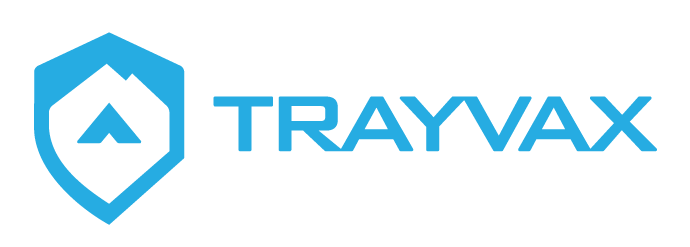



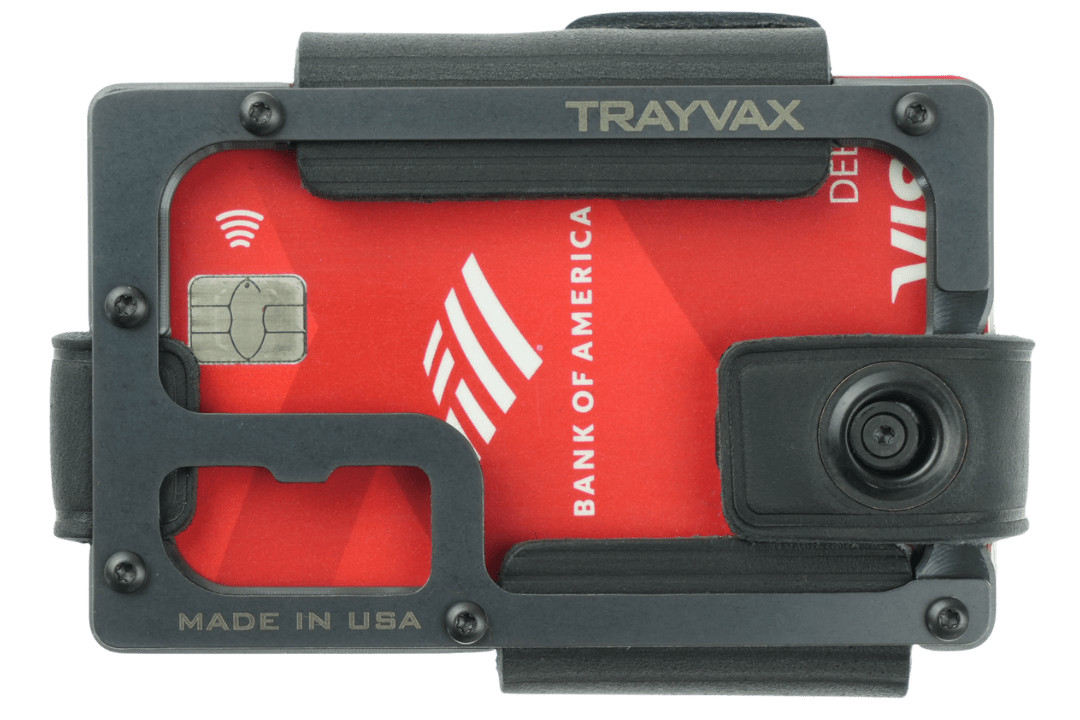



















































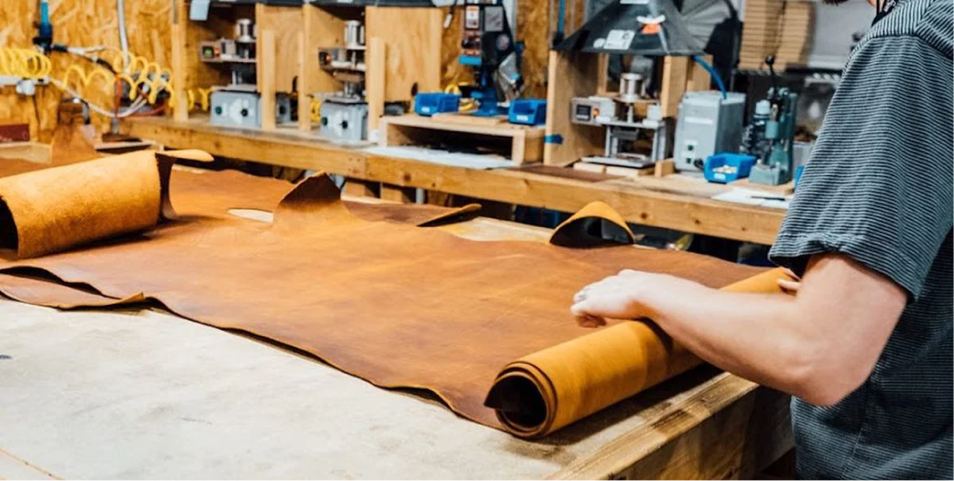
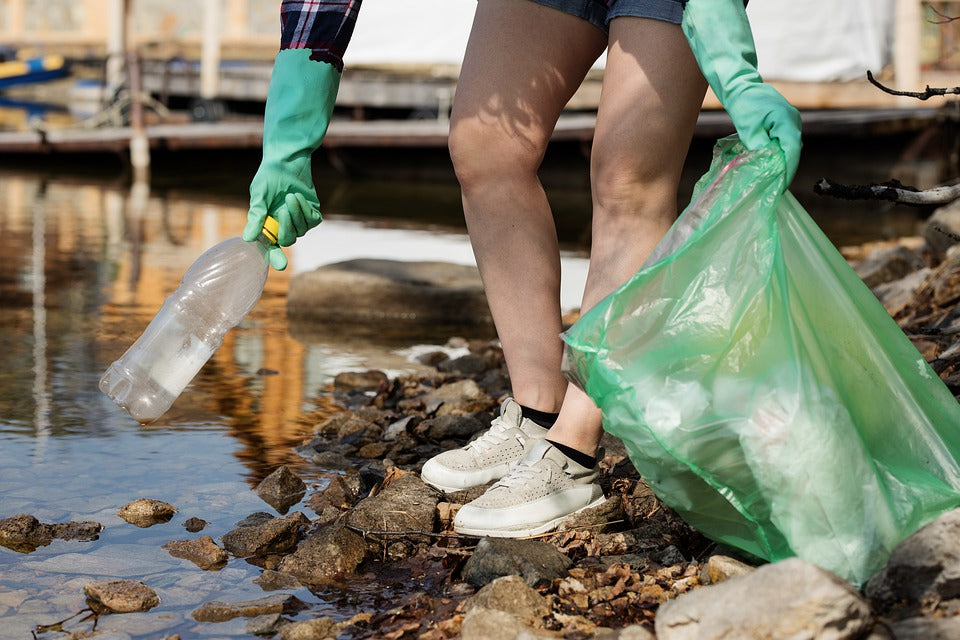
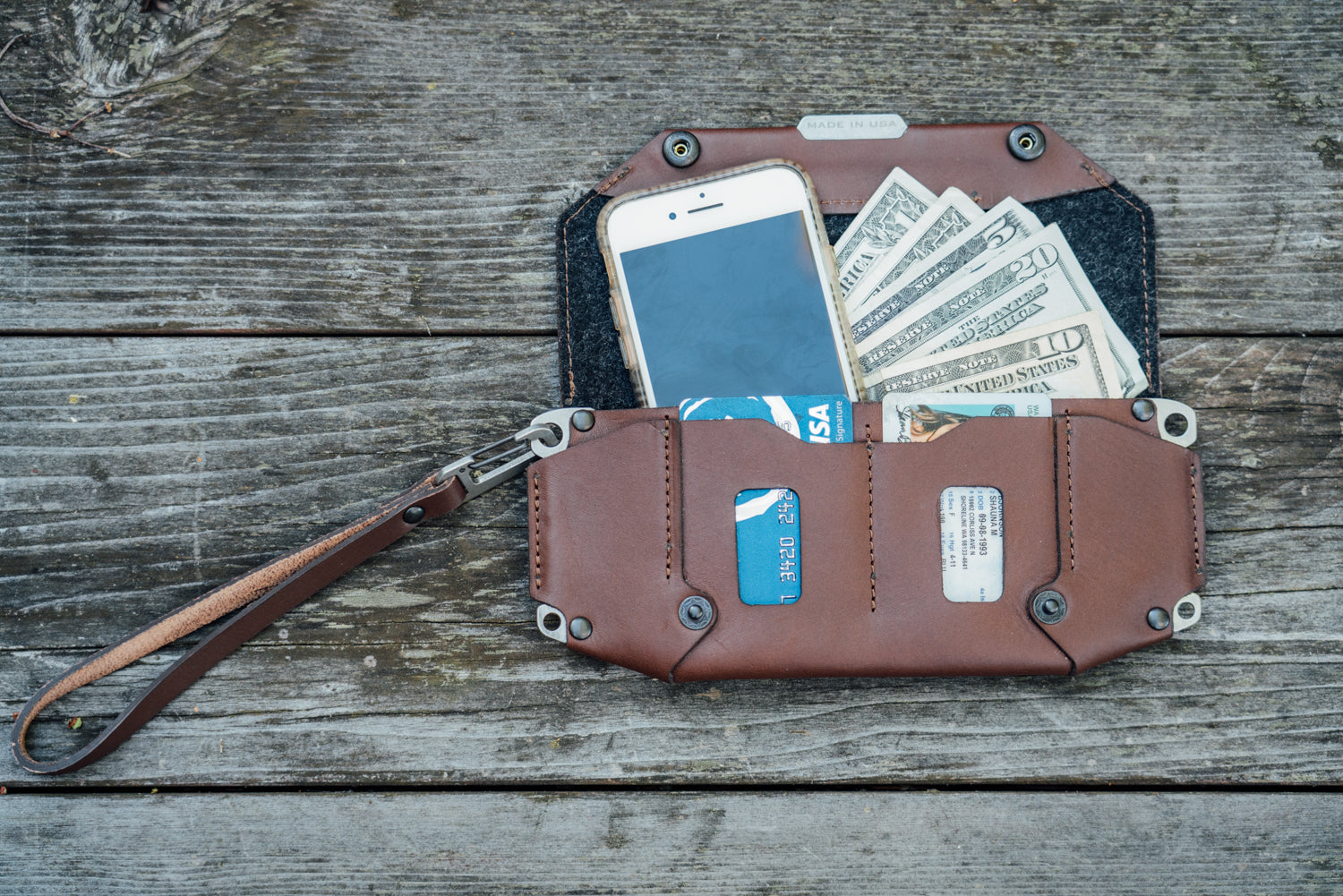
Leave a comment
All comments are moderated before being published.
This site is protected by hCaptcha and the hCaptcha Privacy Policy and Terms of Service apply.